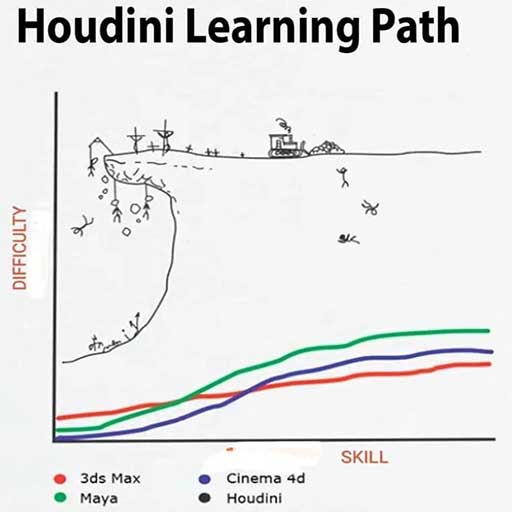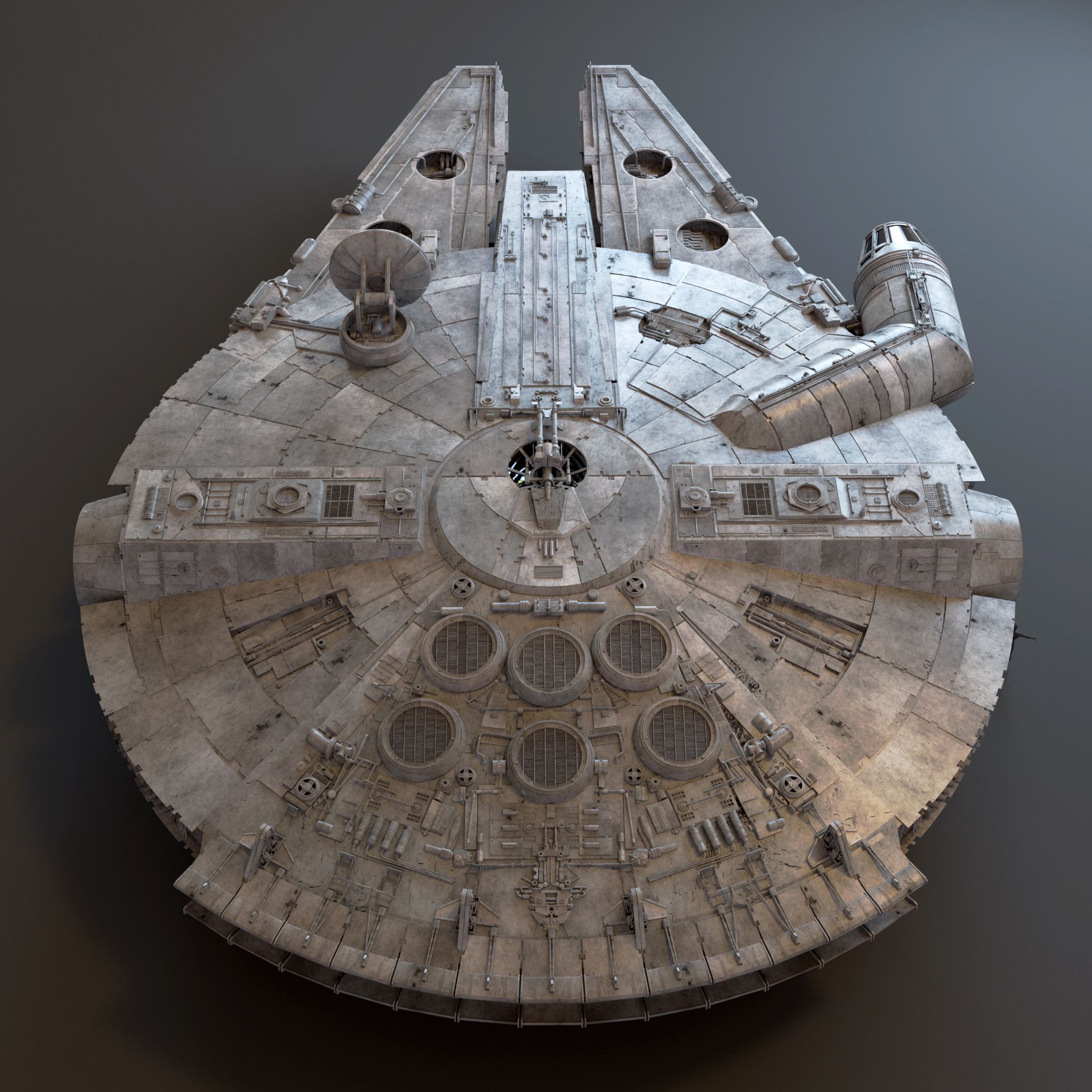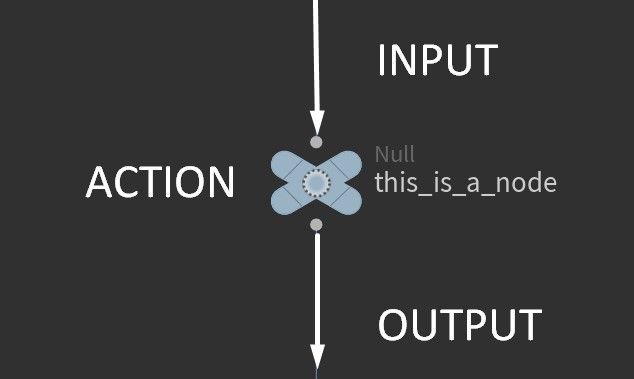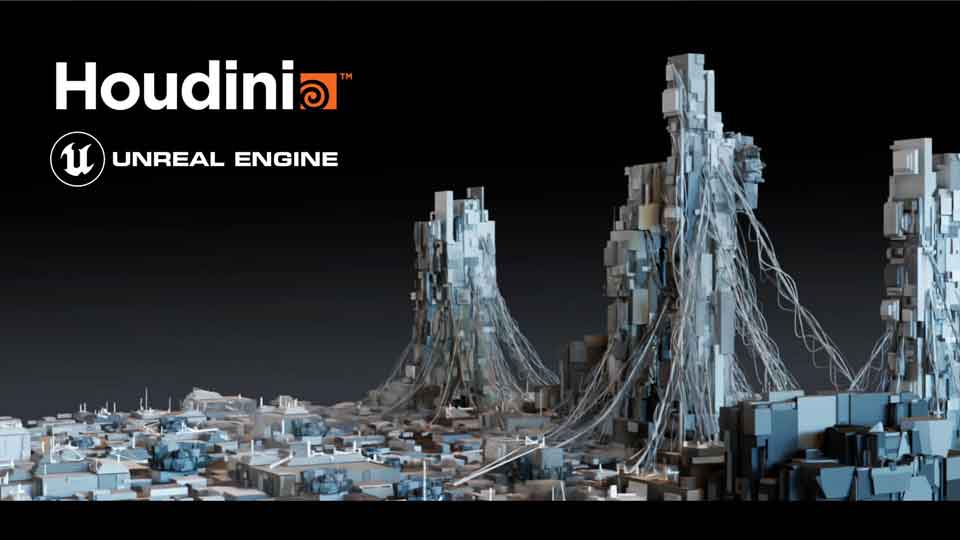
Yes, it is.
Oh, sorry, we missed the polite convoluted reasoning first! Let's go back on track.
This is the most common question about this software: 'Is Houdini hard to learn?'
This is the most common question about this software: 'Is Houdini hard to learn?'
We'll provide a 'Yes or No' answer, based on our experience!
Here you'll find our opinion, based on our own experience. You can compare our reasons to yours and decide by yourself. Before getting lost in the details, we think the most important question is: Is Houdini worth learning? Indeed!
Here you'll find our opinion, based on our own experience. You can compare our reasons to yours and decide by yourself. Before getting lost in the details, we think the most important question is: Is Houdini worth learning? Indeed!
In TechArt Worlds, we think that hard work and delight can go hand by hand.
Similar to mastering oil painting or skying sharp mountains, it requires hours of effort but trades off nicely once you feel confident with it. For the Houdini case specifically, the reward comes in the form of awesome art wort and processes, that wouldn't be possible with other approaches. (And also, in the form of above-average salaries too).

You may be used to Technical Poverty...and you don't know it.

Milenium Falcon - 3D model created with Modo by Adolfo Reveron
Thinking the Houdini way

Proceduralism is not exclusive from Houdini.
TECHART WORLDS

